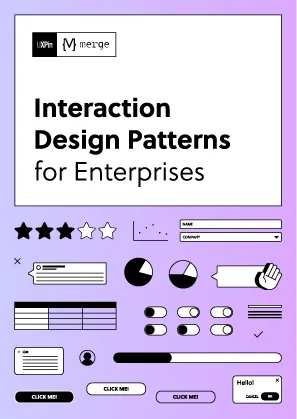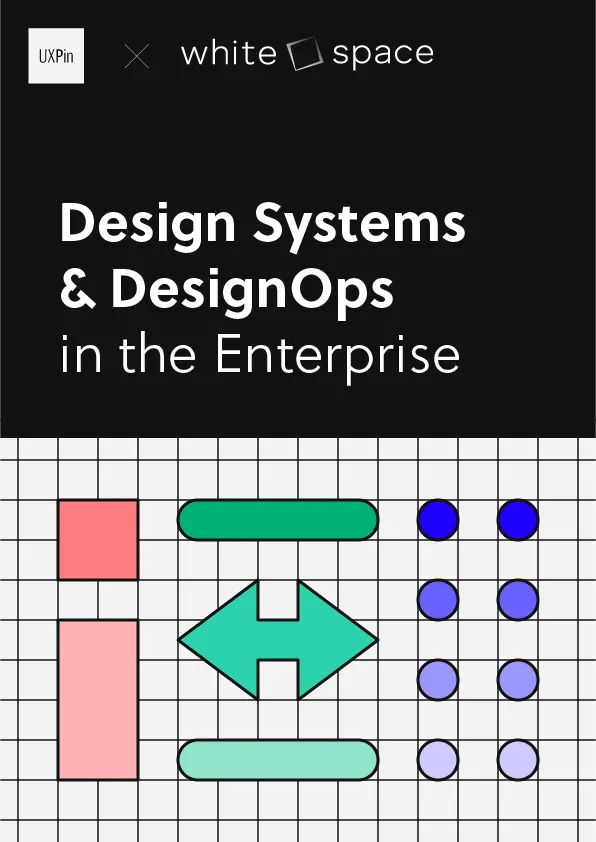Artificial intelligence (AI) continues to revolutionize industries, and the field of product design is no exception. In a recent discussion featuring design leaders from organizations like Anthropic, GetYourGuide, Verso, and Levable, experts explored the transformative role of AI in reshaping workflows, redefining team structures, and challenging long-held norms. They also addressed the opportunities and pitfalls as product designers embrace generative AI (GenAI) tools.
This article delves into the key insights unveiled during the panel discussion, presenting a roadmap for UI/UX designers and tech teams navigating the rapidly evolving landscape of AI-powered workflows.
Designing for the Future: A Human-AI Collaboration
The panel emphasized that while AI is advancing at an unprecedented rate, its value lies in how humans leverage and collaborate with it. Jenny, a design leader at Anthropic, shared her belief that while the fundamental tools to reshape design workflows with AI exist, we lack cohesive systems to fully integrate these tools into seamless workflows. "The technology is there", Jenny noted, "but the UX to fundamentally change our jobs is not there yet."
The Evolution of Design Roles
A significant shift is occurring: the lines between traditional design, engineering, and product management roles are blurring. Nad from Levable described this phenomenon as the rise of empowered generalists. The ability of AI to perform tasks at 80% of an acceptable standard – while leaving the crucial final 20% to human creativity – has changed the way teams are structured. Nad explained, "It’s almost like a return to the early days of the web when one ‘webmaster’ could carry an entire project from start to finish."
This shift has led to smaller, more versatile teams working on projects end-to-end. As tools and workflows become more adaptable, roles like "design engineers", which bridge design and development, are becoming increasingly relevant.
The Human Element in AI-Driven Teams
Despite AI’s growing influence, the consensus among the panelists was clear: human qualities such as creativity, taste, and storytelling remain irreplaceable. Manuel from Verso highlighted that while AI can raise the floor of design standards, it is up to humans to define and push the ceiling. "Taste and vision are aspects that can’t be commoditized", he stressed.
This highlights a central theme of the discussion – AI doesn’t replace humans but amplifies what humans can achieve. Leaders must foster environments where experimentation is encouraged, teams feel safe to fail, and curiosity thrives.
Key Insights on AI’s Impact on Design Workflows
1. Experimentation and Play Are Critical
The panelists unanimously agreed that embracing experimentation is crucial for both personal growth and innovation. Manuel emphasized that leaders should create environments where teams feel comfortable playing with AI tools, learning from those experiments, and iterating quickly. "AI isn’t perfect, but it’s a great time to experiment and be surprised by the results", he said.
To avoid frustration, Nad suggested approaching AI tools with a sense of adventure and flexibility. Recognizing that models are still evolving allows teams to remain open to future possibilities instead of concluding that a tool is "not good enough" today.
2. AI Is Shaping Unique Team Structures
Traditional cross-functional teams with prescribed roles are shrinking. Instead, lean, adaptable teams are thriving in AI-powered environments. For example, Nad explained how Levable’s teams are asymmetrical, with staffing tailored to the project’s specific challenges. Teams focused on user experience lean more heavily on designers, whereas technically ambitious projects rely on more engineers. This fluidity enables faster and more effective collaboration.
3. Democratization of Skills
AI is leveling the playing field, enabling team members to acquire skills beyond their traditional domains. Jenny encouraged designers to step into roles traditionally occupied by engineers or product managers. "Can you do what a PM does now? The answer is often yes", she said.
AI tools are also helping organizations democratize knowledge across teams. For example, Anthropic ensures that everyone in the company, from designers to frontline support engineers, understands prompt engineering – a critical skill for interacting with large language models (LLMs).
4. Redefining Success in AI Projects
Panelists highlighted the need to redefine what success looks like in AI-driven workflows. Rather than expecting perfection, teams must embrace iterative processes. Nad recounted how his team had to restart a project three times during Lovable’s early development, underscoring the importance of resilience and adaptability in the face of ambiguity.
5. AI’s Limitations Require Human Judgment
While GenAI tools can produce rapid first drafts, the final polish often requires a human touch. Manuel noted that the creative director role is unlikely to be fully overtaken by AI because humans are still needed to bring taste, vision, and emotional resonance to projects. "Models can raise the floor, but humans set the ceiling", he added.
Addressing Ethical and Societal Concerns in AI
The discussion also touched on the broader implications of AI adoption. Jenny highlighted the steps taken at Anthropic to prioritize trust and safety in their product design. For example, the company often delays launches until products meet rigorous safety criteria. This commitment to transparency and ethical design is key to building user trust in an era where AI’s capabilities raise valid concerns about misuse.
Nad elaborated on the parallels between past experiences in secure communications and current challenges in AI. He stressed the importance of collaboration between technologists and policymakers to address potential societal disruptions, such as those raised by Geoffrey Hinton’s warnings about job displacement. Policy changes, he argued, must keep pace with technological advancements to ensure equitable outcomes.
Practical Strategies for Design Teams
Creating Psychological Safety
Amber from GetYourGuide emphasized the critical role of psychological safety in team performance. Creating an environment where failure is embraced as a learning opportunity enables teams to leverage AI experimentation without fear of repercussions.
Embracing Technical Proficiency
Designers must deepen their technical understanding of AI models to collaborate effectively with engineers and create feasible solutions. Simple familiarity with concepts like model training, context, and chaining can empower designers to build more impactful experiences.
Developing Context-Aware Solutions
The user’s context is central to creating meaningful AI-powered products. Nad encouraged designers to think like researchers, understanding a user’s goals, motivations, and challenges. "If you freeze model development today, there’s still so much user experience work to do by zooming into user context", he said.
Key Takeaways
- Adopt a Playful Mindset: Experiment with AI tools to explore new possibilities and stretch the boundaries of traditional workflows.
- Empower Generalists: Cultivate versatile team members who can excel across multiple domains, pairing them with deep specialists for balanced innovation.
- Prioritize User Context: Build experiences grounded in a deep understanding of user needs and goals.
- Embrace Iteration: Don’t aim for perfection on the first try. Use iterative processes to refine ideas and workflows.
- Foster Psychological Safety: Encourage risk-taking and view failures as opportunities to learn.
- Stay Ethical: Proactively address concerns around privacy, safety, and societal impact by incorporating ethical design principles.
- Learn AI Basics: Develop technical proficiency to bridge the gap between design and engineering, enabling more effective collaboration.
- Redefine Traditional Roles: Use AI to democratize skills and challenge rigid role definitions within teams.
Conclusion
AI has brought an exciting period of transformation and experimentation to product design workflows. While the technology continues to evolve, human creativity, curiosity, and judgment remain irreplaceable components of successful design. By fostering environments that prioritize flexibility and collaboration, organizations can embrace the full potential of AI while addressing its challenges.
For design teams navigating this new frontier, the message is clear – stay open, stay curious, and above all, have fun experimenting with what AI can make possible. As the panelists suggested, the journey of discovery is just as important as the destination.
Source: "AI is Redesigning Design Tools – with Lovable, V0 and Anthropic" – Hatch Conference, YouTube, Sep 16, 2025 – https://www.youtube.com/watch?v=Rrt_MDrpraU
Use: Embedded for reference. Brief quotes used for commentary/review.

